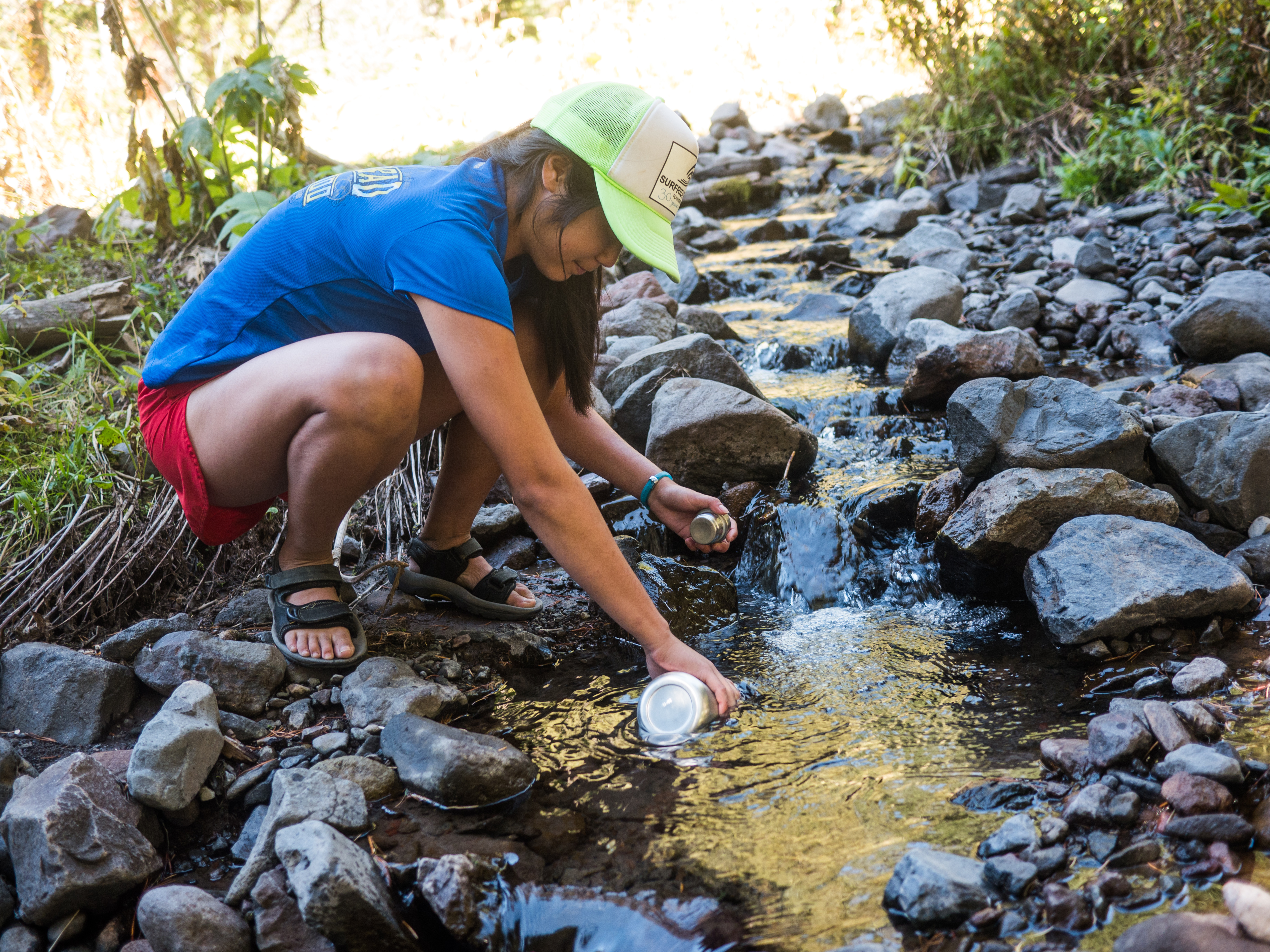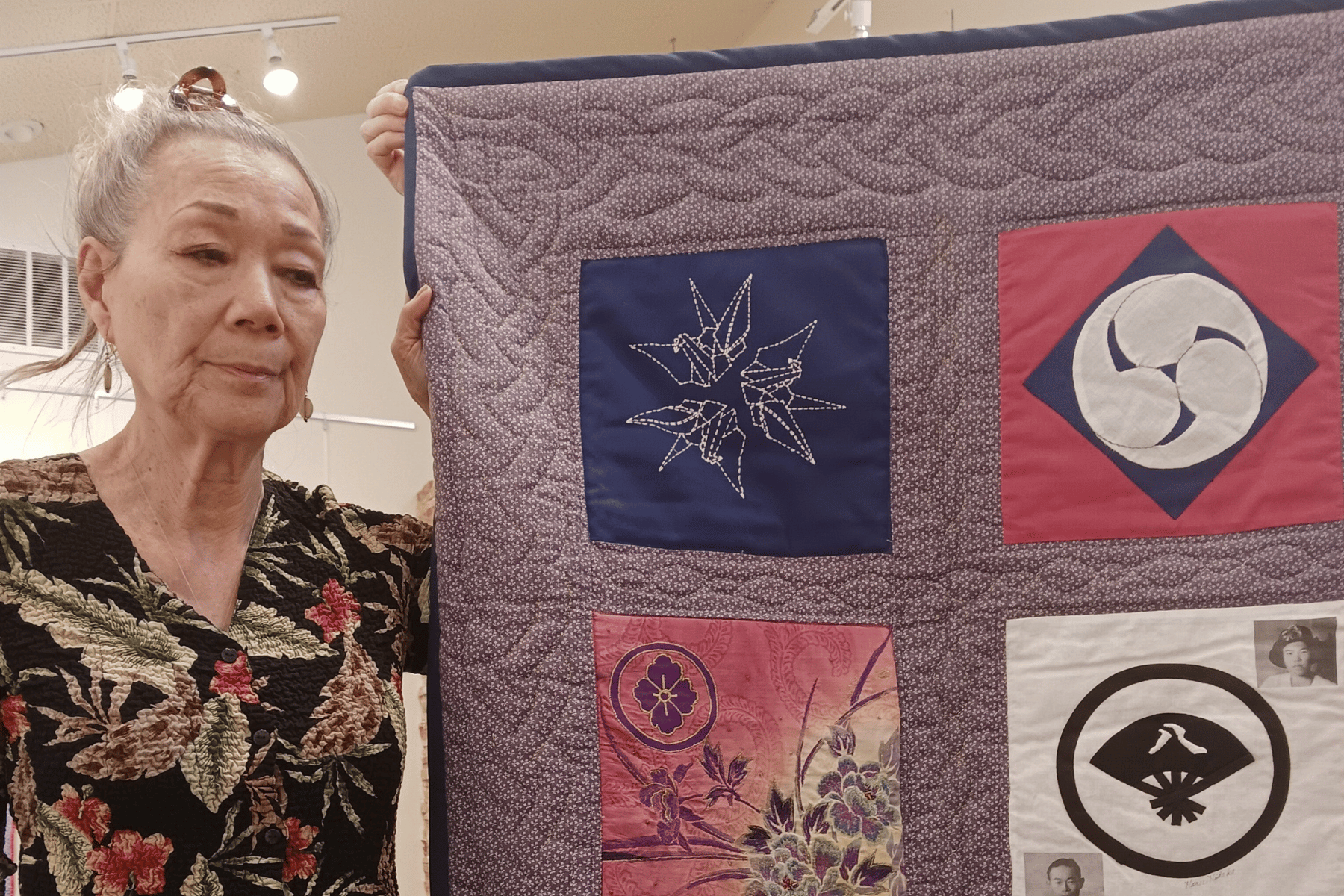
There's a lot of effort these days to cut down on plastic pollution, whether it's phasing out plastic bags or plastic straws. But many environmental advocates say the bigger issue is the plastics we can't see.
Microplastics are less than five millimeters in size, or even smaller, and come from surprising sources and land in surprising places.
Katie Christiansen spearheads the Microplastics Initiative for Adventure Scientists, a nonprofit that enlists outdoor lovers to collect data from remote and hard-to-reach areas. Christiansen talked to Colorado Matters about how microplastics end up in Colorado waterways.
Microbeads in hygiene and beauty products are a well-known source, but the vast majority of these tiny plastics come from washing clothes made from artificial fabrics.









